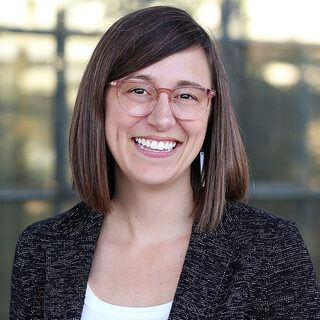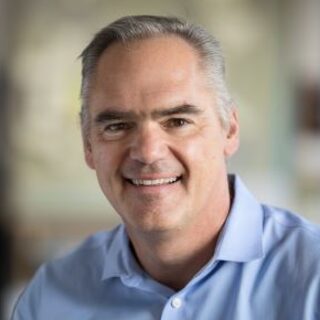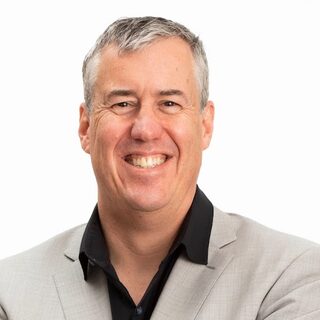


J. Michael Oakes, Ph.D.
J. Michael Oakes
Planning research facility capital projects with long lead times often demands some informed forecasting for lab, space, and infrastructure needs of yet-to-be-identified end-users. Session leaders profile multiple case studies where significant research buildings were undertaken and planned with an overarching growth in research goal -- but no users identified. They take a deep dive into Case Western Reserve University’s research growth and capital project future-proofing strategy, compare results, and identify where goals were met, exceeded, or adjusted. They identify critical milestones and governance/cultural components that dramatically impact project outcomes, and best practices for mitigating any discrepancy between forecasts and future research requirements including “loose fit” solutions and flexibility/adaptability strategies.
| Occurs | Location |
|---|---|
|
Thursday, Apr 10th 1:10PM - 2:05PM
|
Ballroom 7
|
|
Friday, Apr 11th 1:45PM - 2:40PM
|
Ballroom 7
|
| CEU Type | Units |
|---|---|
|
American Institute of Architects (AIA)
|
1.00 Units
|
|
Health, Safety and Welfare (HSW)
|
1.00 Units
|

